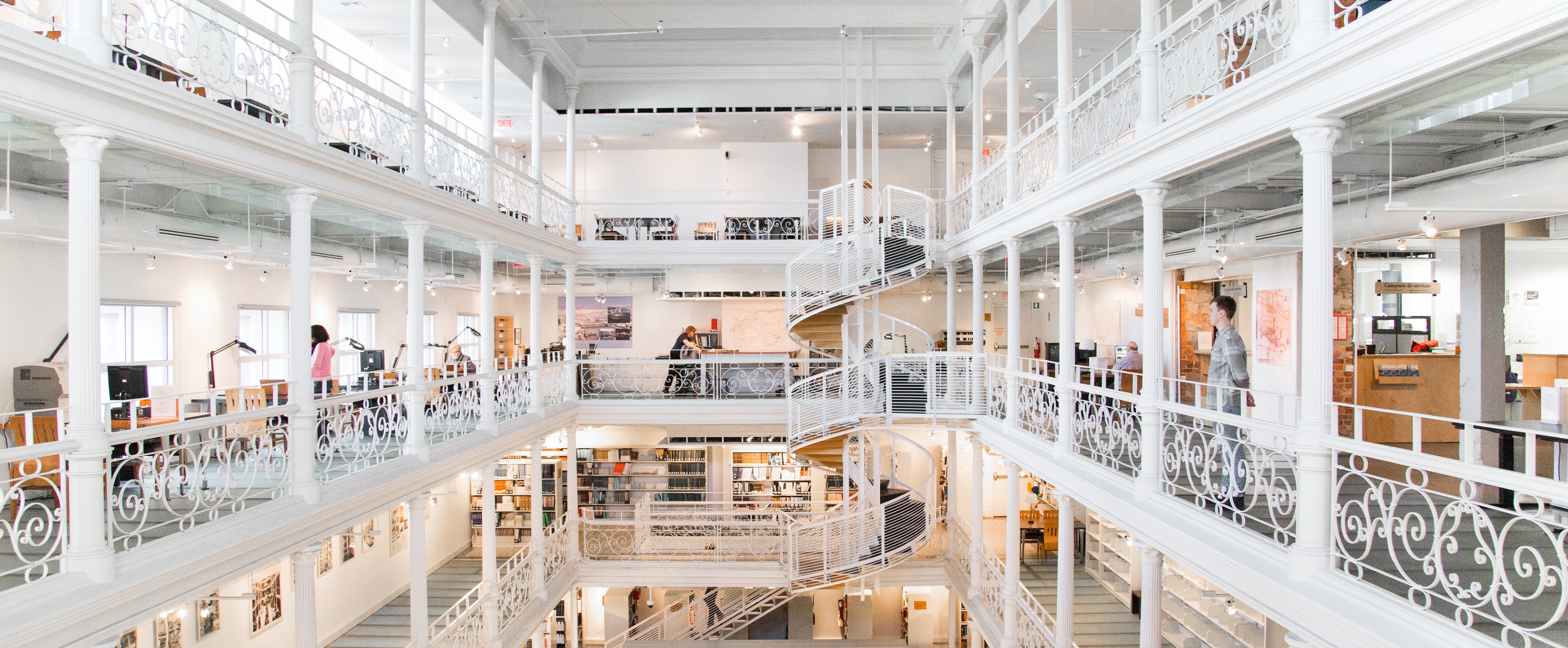Decades of research confirm that a person’s environment affects their mental and physical health. Being complex human beings, employees cannot be treated like machines. They thrive in places that cater to both comfort and focus, that enable social engagement and collaboration, and that reflect the corporate values they share. A company that cares about its employees makes sure that the workplace supports workers' efforts as well as echoes corporate values.
A recent study found that there is a strong correlation between high workplace satisfaction and high employee engagement, with employees who have greater control over their physical workplace - including access to private spaces - also reporting the highest engagement levels.
In an established office setup, workplace enhancements that support employees don't have to be expensive. Little touches like adding plants and allowing employees to personalize their workspaces go a long way. If you're building a new office space or redesigning an existing space, take advantage of the research in effective office design and consider the following important factors.
Office layout matters
Employees like having control over their work environment, and that includes the option to choose where they will work. Sometimes they need a collaborative space where employees gather to discuss ideas and resolve project challenges. Conversational lounge spaces work better than conference tables. Beware, however, of the open office plan: surveys have shown that noise and lack of privacy take a negative toll on employee performance.
Many employees favor - or even need - quiet and private spaces in order to do their best work. Lack of privacy raises stress levels, degrades job performance and squashes engagement. These effects lower morale, contribute to employee churn, raise labor costs, lower productivity and reduce profits.
Planning your space also gives employees options to stand, sit, collaborate and lounge - and the freedom to act upon those preferences and choose the places and postures that best encourage productivity. It sends messages of trust and support that contribute to making the office a place that employees want to go to every day.
Technology matters
The majority of modern office designs do not support the digitally connected workforce's preference for mobile devices. Savvy workspace design integrates technology that accommodates both fixed devices (e.g., stationary desktop computers) and mobile devices (e.g., smartphones, tablets). These spaces include interactive whiteboards in collaborative spaces and meeting rooms and contribute to a more fluid workflow.
The ability to take their work with them as they move around the office enables employees to exert more control over how and where they work - and that control enhances employee well being, productivity and engagement.
Reflect the corporate culture
A company that prides itself on quality and superior service betrays its corporate values when it surrounds its employees with cheap, shoddy furnishings, cramped spaces and outdated equipment. Likewise, a company that promotes itself as "green" enhances its credibility when it makes a visible effort to reduce its carbon footprint in the office and on the factory floor through the use of sustainable recycled and repurposed materials. Staff notice in their workspaces whether a company lives up to the values it professes.
Living up to the corporate values harvests employee trust and improves their job satisfaction. OfficeSpace agrees: "Intentionally designing an office layout to reflect and contribute to office culture can help companies share their values with the entire team and lead to a more unified workplace overall."



